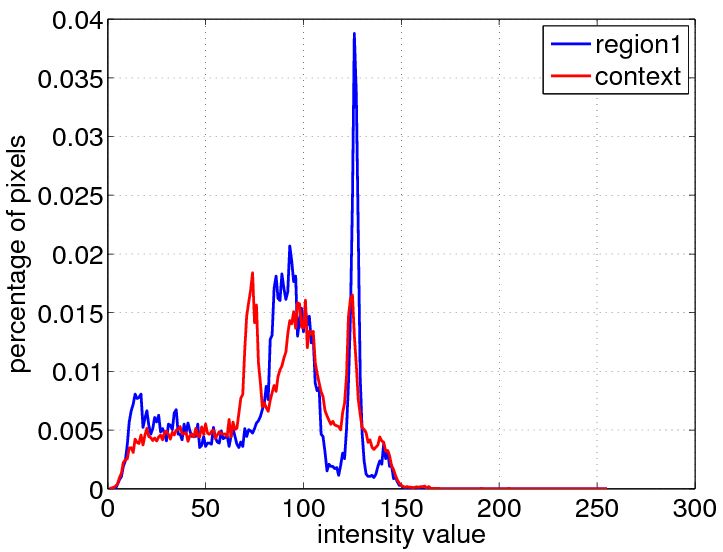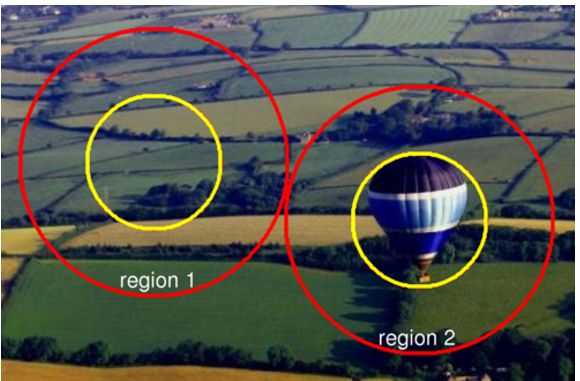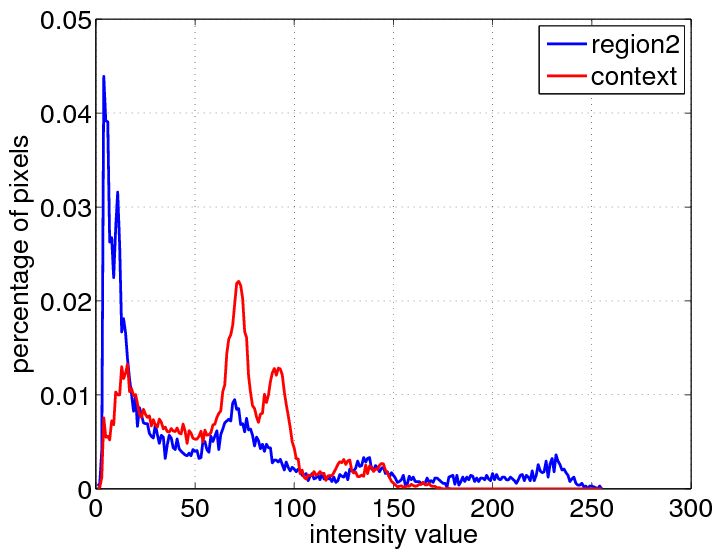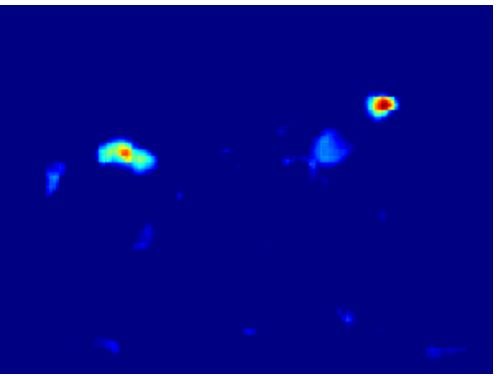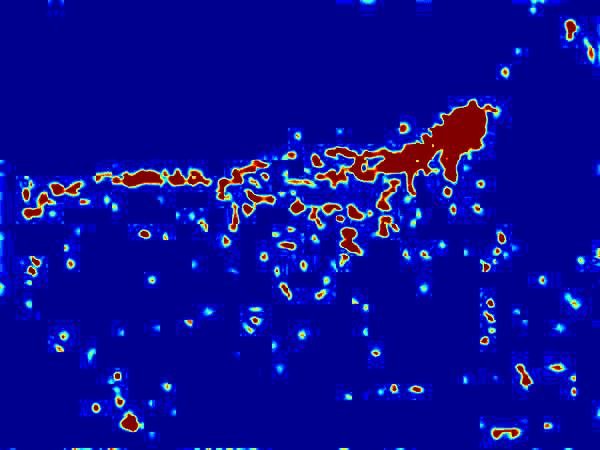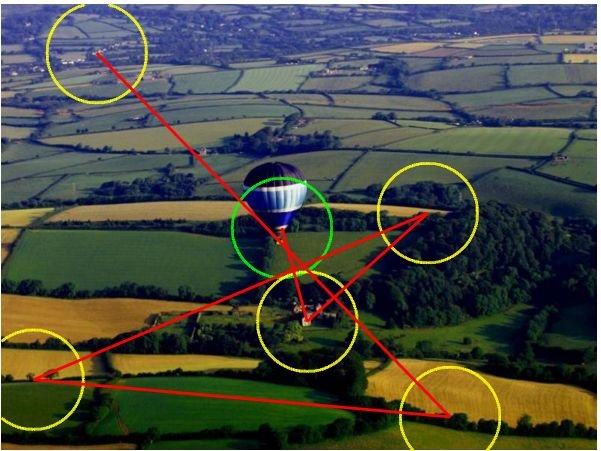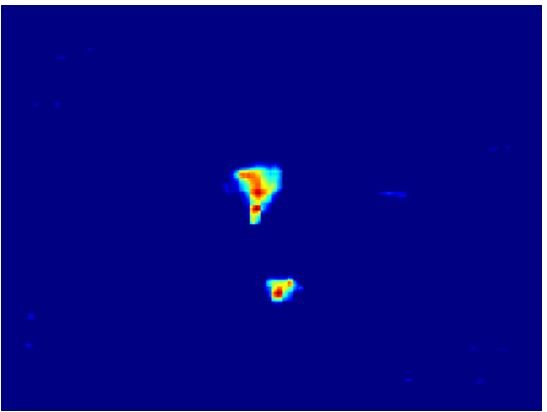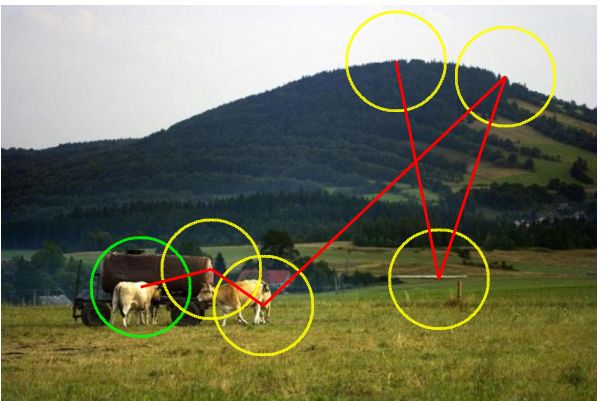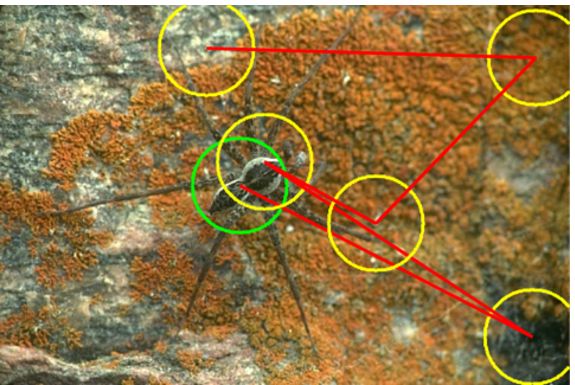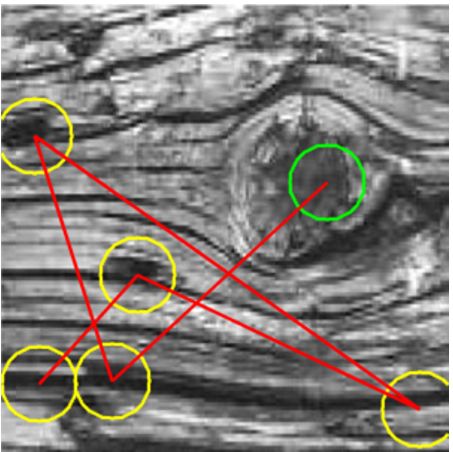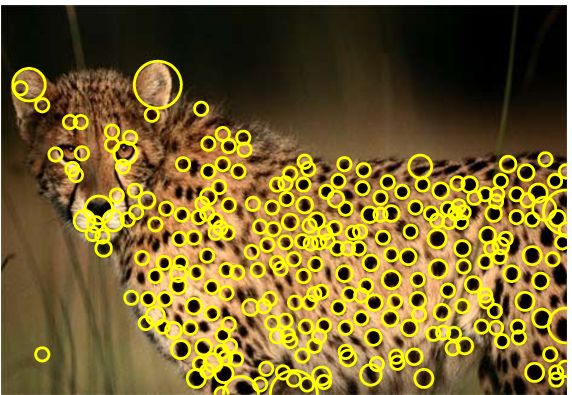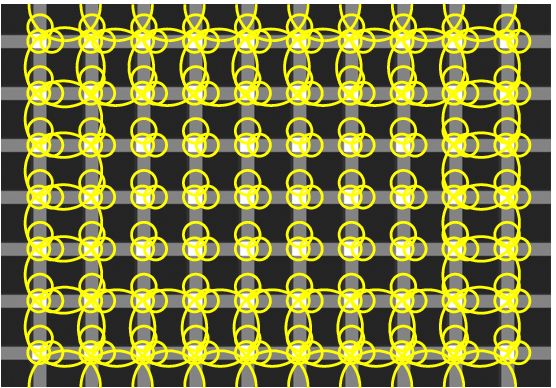Image Saliency through Spatial Surprise
|
|||||||
Overview |
|||||||
| The human visual attention system has been for long a subject of research in psychophysics and cognitive sciences, due to its prominent role in biological vision. Significant efforts have also been made in computer vision to construct a computational model of this system, due to the potential for efficient, application-specific and perceptual resource allocation. Attention in this context has been used to achieve critical improvements in applications as diverse as object recognition, video summarization and image quality assessment among others.
Using an information-theoretic approach to study bottom-up spatial saliency, we show how Bayesian surprise can be interpreted to explain spatial saliency. Applications include attention modeling and fixation-prediction, image region detector and image quality assesement. |
|||||||
|
|||||||
|
|||||||
ResultsAdditional image results on: |
|||||||
|
|||||||
DataDataset 1 (mouse-tracking data)
Dataset 2 (eye-tracking data)
Region Detection
|
|||||||
|
|||||||
People |
|||||||
|
|||||||
Publications |
|||||||
|
|||||||

